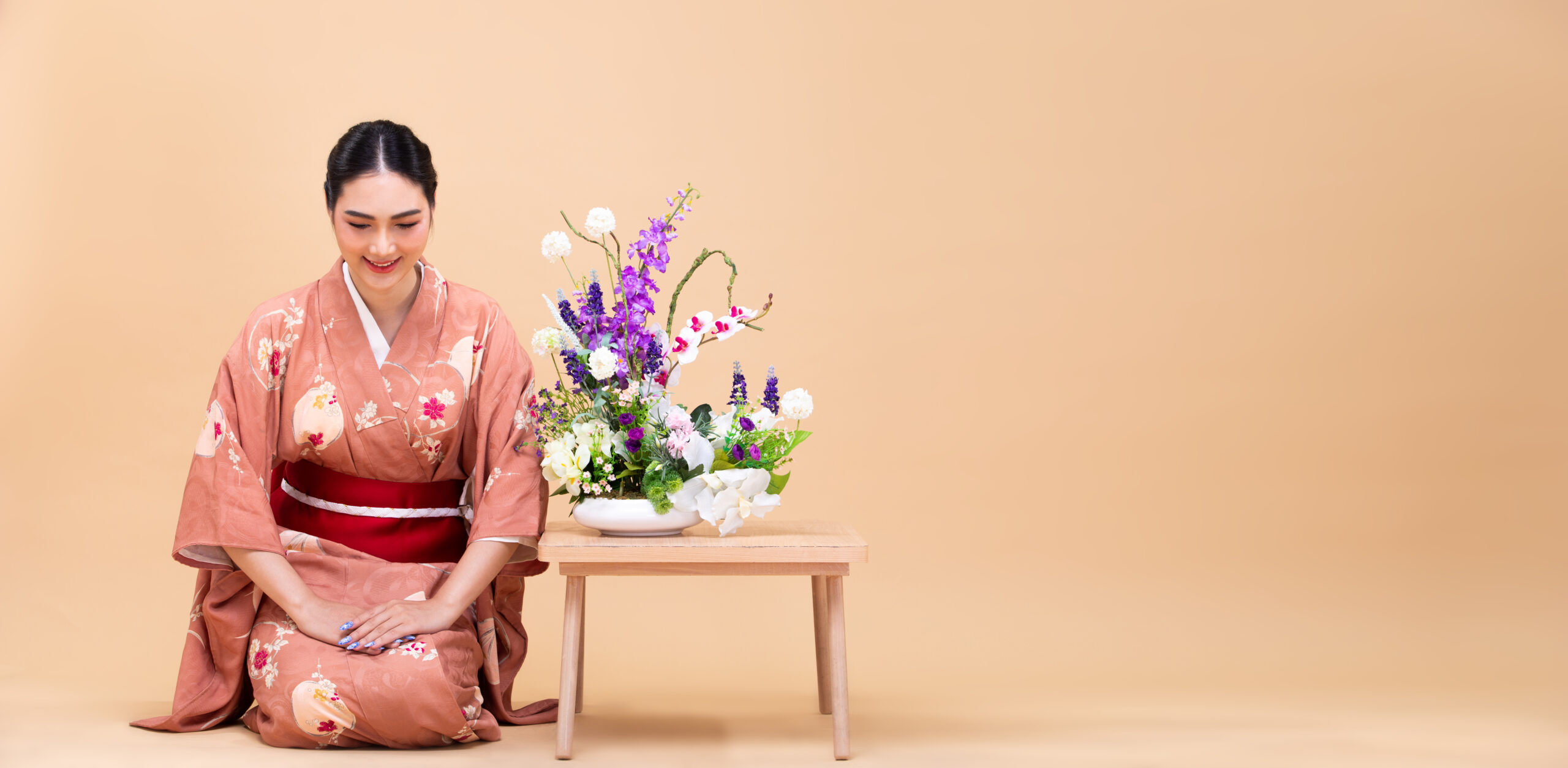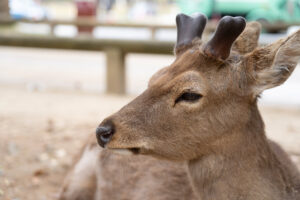In the heart of Japan’s bustling cities and tranquil countryside, a tradition centuries old continues to weave the fabric of society together: the bowing ritual. More than a mere nod or handshake, bowing in Japan is a nuanced form of communication, embodying respect, gratitude, apology, and much more. This article delves into the rich tapestry of Japan’s bowing culture, exploring its origins, meanings, and the unwritten rules that guide this elegant practice. As we uncover the layers, we find that bowing is not just a gesture but a cornerstone of Japanese identity, influencing social interactions, business etiquette, ceremonial practices, and even popular culture.
1. Exploring the Depths of Japan’s Bowing Culture
The practice of bowing in Japan, known as "ojigi," is an integral part of daily life, deeply embedded in the nation’s cultural and social etiquette. From a simple nod of the head to a deep bend at the waist, the act of bowing is a physical manifestation of Japan’s values of respect, humility, and harmony. It is a gesture that transcends age and status, observed by everyone from schoolchildren to business leaders. Bowing is not only a form of greeting but also an expression of thanks, apology, and a means of showing respect. This multifaceted practice reflects the complexity and depth of Japanese social relations, highlighting the importance of non-verbal communication in maintaining social harmony.
2. The Origins and Evolution of the Bowing Ritual
The roots of Japan’s bowing tradition can be traced back to the Asuka period (538-710 AD), initially influenced by Chinese etiquette practices introduced through Buddhism. Over the centuries, bowing evolved from a religious gesture to a secular one, becoming more intricate and codified during the Edo period (1603-1868). This era saw the crystallization of many social customs, including the formalization of bowing, which became an essential part of samurai etiquette and, later, of Japanese society at large. The types and nuances of bows developed further, reflecting social hierarchies and the subtleties of interpersonal relationships. Today, despite the influence of globalization, the bowing ritual remains a vibrant and vital aspect of Japanese culture.
3. Decoding the Meanings Behind Different Bows
Bows in Japan vary significantly in form, each conveying distinct emotions and messages. The most common types include the "eshaku" (a slight bow of the head), used for casual greetings; the "keirei" (a bow of about 30 degrees), expressing a deeper respect, often seen in business settings; and the "saikeirei" (a bow of more than 45 degrees), which conveys profound respect or apology. The duration and depth of the bow are directly proportional to the level of respect or sincerity the person wishes to communicate. Understanding the context and selecting the appropriate type of bow is a nuanced skill, reflecting one’s social awareness and sensitivity.
4. Bowing in Japan: More Than Just a Greeting
While bowing is commonly associated with greetings, its use extends far beyond. In Japan, bows are used to express gratitude, to apologize, to request a favor, and to show respect to objects or places of spiritual significance. For instance, performers bow to their instruments before a concert as a sign of respect, and visitors bow at the entrance of a Shinto shrine to honor the deity residing within. This practice highlights the deep-seated Japanese belief in the interconnectedness of all beings and the importance of gratitude and respect in daily life.
5. The Etiquette of Bowing: Do’s and Don’ts
Mastering the etiquette of bowing in Japan requires attention to detail and an understanding of context. Key points include maintaining a straight posture, bowing from the waist with the back straight, and avoiding hands in pockets or crossed arms, which are considered disrespectful. Eye contact is not made during a bow, and the depth and duration should match the situation and status of the person you are bowing to. While foreigners are not expected to know all the nuances of bowing, making an effort to observe these basic rules is appreciated and seen as a sign of respect for Japanese culture.
6. Bowing in Business: A Sign of Respect and Trust
In the Japanese business world, bowing plays a crucial role in building and maintaining professional relationships. The practice is not only a form of greeting but also a symbol of respect and trust. Business meetings often begin and end with bows, and the manner of bowing can reflect the status and dynamics of the business relationship. A deeper, longer bow is typically used when meeting someone of higher status or when expressing gratitude for a business opportunity. Understanding and adhering to these subtle cues can be vital for foreigners conducting business in Japan, as it demonstrates respect for local customs and an awareness of hierarchical relationships.
7. The Role of Bowing in Japanese Ceremonies
Bowing is an essential element of Japanese ceremonial practices, including weddings, funerals, and tea ceremonies. During these events, the act of bowing is not only a gesture of respect but also a ritual that signifies transitions, conveys emotions, and honors traditions. For example, in a Shinto wedding ceremony, the bride and groom perform a series of bows to each other, their families, and the kami (gods), symbolizing the joining of two families and the couple’s gratitude. The precision and formality of bowing in these contexts underscore the deep reverence for tradition and the ceremonial importance of bowing in Japanese culture.
8. How Bowing Strengthens Social Bonds in Japan
Bowing serves as a powerful tool for reinforcing social ties and expressing a shared cultural identity. By adhering to this practice, individuals demonstrate their commitment to societal values and their respect for others, fostering a sense of belonging and community. The ritual of bowing encourages mindfulness in interactions, reminding participants of their roles and responsibilities within the social fabric. This mutual understanding and respect, facilitated through bowing, help to maintain harmony and minimize conflict in Japanese society.
9. Teaching the Next Generation: Bowing as Heritage
In Japan, the practice of bowing is taught from a young age, ensuring its continuation through generations. Parents and teachers emphasize the importance of proper bowing as part of children’s social education, integrating it into daily routines and school ceremonies. This early introduction helps to instill a sense of respect and politeness, key values in Japanese culture. By passing down the tradition of bowing, Japanese society ensures that this meaningful practice remains a living heritage, connecting the past with the present and future.
10. Bowing in Pop Culture: From Anime to Cinema
The significance of bowing extends into Japanese pop culture, where it is depicted in anime, manga, films, and television shows. These portrayals often highlight the emotional and social nuances of bowing, from comedic overreactions to heartfelt apologies and respectful greetings. Through pop culture, the practice of bowing reaches a global audience, offering insights into Japanese social etiquette and values. As a cultural export, these representations play a role in shaping international perceptions of Japan and fostering a broader appreciation for its traditions.
11. Foreigners and the Bowing Ritual: A Learning Curve
For many visitors and expatriates, adapting to Japan’s bowing culture can be a challenging but rewarding experience. While mistakes are common, most Japanese appreciate the effort made by foreigners to respect their customs. Learning the appropriate contexts and forms of bowing can enhance cross-cultural communication and deepen understanding of Japanese society. Language schools and cultural programs often include etiquette lessons, helping foreigners to navigate social situations more confidently and respectfully.
12. The Future of Bowing: Preserving a National Tradition
As Japan continues to navigate the currents of globalization and technological advancement, the tradition of bowing remains a constant, symbolizing the enduring strength of Japanese cultural identity. Efforts to preserve and promote understanding of this practice are crucial in maintaining its relevance for future generations. Through education, cultural exchange, and the adaptability of the tradition itself, bowing is likely to remain an integral part of Japanese society, reflecting its values of respect, humility, and community.
The bowing ritual in Japan is a testament to the nation’s rich cultural heritage and its commitment to social harmony and respect. As we have explored, bowing is much more than a simple gesture; it is a nuanced form of communication that plays a vital role in daily life, business, ceremonies, and even in the realm of pop culture. For foreigners, understanding and participating in this practice can open doors to deeper connections and appreciation for Japanese culture. As Japan moves forward, the tradition of bowing stands as a bridge between the past and the future, symbolizing the continuity and adaptability of Japanese social values. In a world that often prioritizes speed and efficiency over formalities, the bowing ritual reminds us of the importance of taking a moment to express respect and gratitude, principles that are universal in their appeal.








